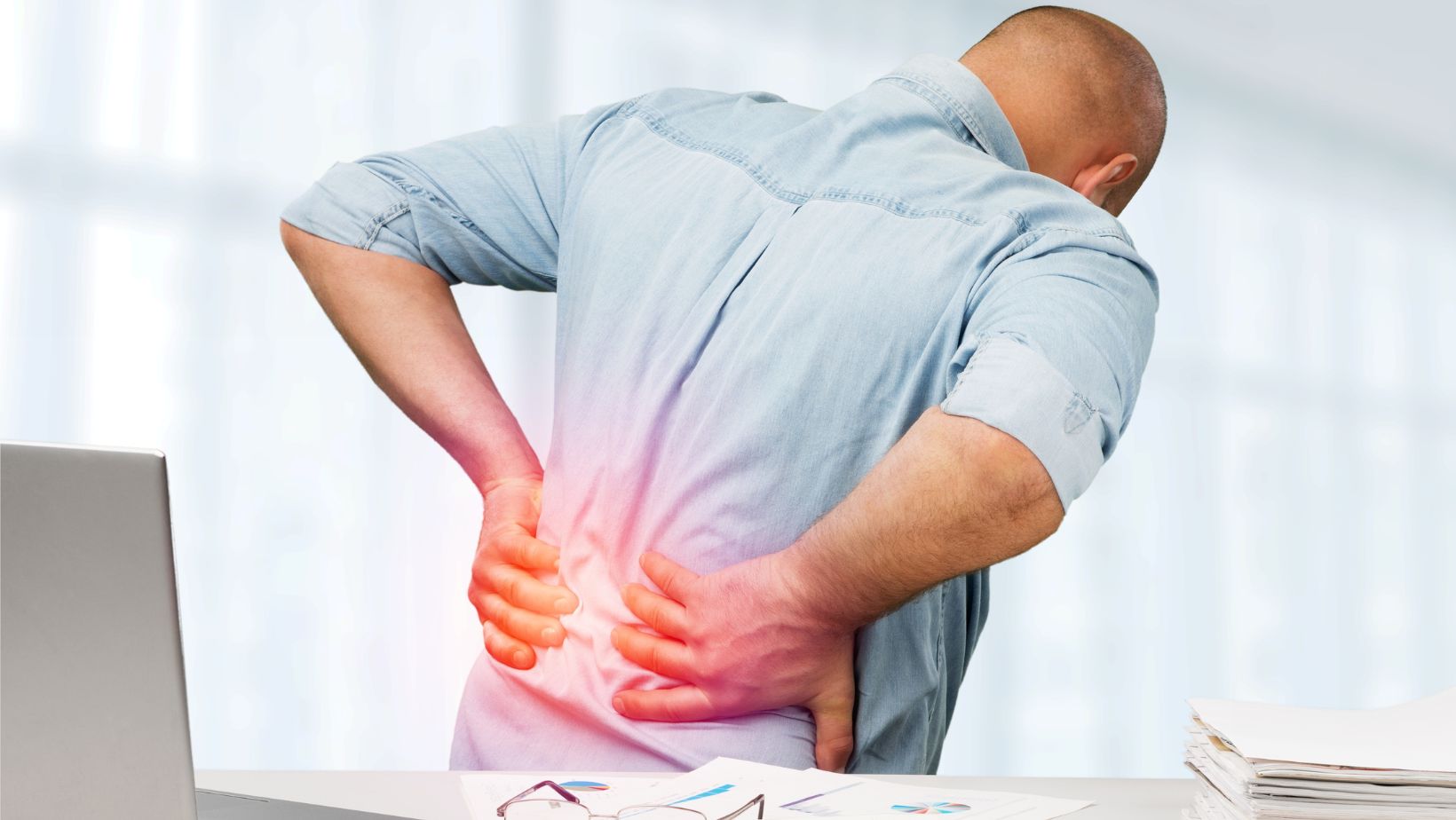Whether dealing with chronic pain, acute pain, or pain from various health conditions, their impact on daily life can be profound. As such, many who suffer from pain-inducing ailments look for ways to alleviate discomfort without relying on conventional pain medication. This is because many come with various side effects and potential dependencies.
Fortunately, many treatments can be tried to ease discomfort and enhance quality of life. This article shares practical ways to naturally relieve pain, which can be incorporated into a well-rounded pain management strategy for a more holistic approach to pain relief.
Understanding Pain and Its Impact
Pain is a complex experience involving the central nervous system, and it often signals tissue damage or inflammation. It can range from acute pain, which is short-term and often due to an injury, to chronic pain, which persists for months or even years. Common pain conditions include lower back, neck, and chronic back pain.
Acute pain typically arises suddenly and has a clear cause, such as surgery, broken bones, dental work, burns, or cuts. It usually doesn’t last longer than six months and disappears when the underlying cause has healed or been treated.
Chronic pain, on the other hand, is more persistent. Conditions like arthritis, nerve damage, and fibromyalgia can lead to chronic pain, which can last for years and even be constant.
The central nervous system transmits pain signals. When these signals are continuous, as in the case of chronic pain, they can lead to changes in the nervous system, making the pain more challenging to manage. This underscores the importance of effective pain management techniques and interventions.
Natural Pain Relievers
CBD, short for cannabidiol, is a substance derived from cannabis plants that has become well-known for its possible ability to relieve pain. For instance, a CBD roll-on for pain relief can help reduce inflammation and provide localized pain control.
CBD has robust anti-inflammatory effects, which contribute to its ability to reduce pain and swelling. Applying a roll-on allows for targeted pain relief in specific areas, and CBD doesn’t produce the ‘high’ associated with THC, making it a viable option for those seeking pain relief without psychoactive effects.
Lots of businesses in the health industry are looking to make products that offer effective, non-addictive alternatives for pain management. They often take out loans for cannabis companies that help them develop improved CBD roll-ons and other therapeutic products. Access to this financing allows companies to invest in research, quality control, and innovative formulations. As consumer demand grows, these businesses are well-positioned to expand and meet the evolving needs of patients seeking natural relief options.

Apart from CBD products, herbal supplements like turmeric, ginger, and willow bark have been employed for centuries as natural pain relievers. These supplements contain anti-inflammatory compounds that can help reduce pain and inflammation.
Turmeric is packed with curcumin, a bright yellow chemical known for its potent anti-inflammatory and antioxidant benefits. Ginger also offers significant anti-inflammatory benefits and is effective in reducing muscle pain. Similarly, willow bark has salicin, a natural compound that’s like the active ingredient in aspirin, and it can help with pain and inflammation.
A word of caution for those taking pain medicine and other supplements: consult your doctor before using natural remedies, as they can influence the effects of different drugs.
There’s also hot and cold therapy for pain relief. Applying cold treatment, such as ice packs, can help reduce inflammation and numb acute pain. Applying cold treatments, such as ice packs or taking an ice baths can help reduce inflammation and numb acute pain. On the other hand, using heat therapy, like warm baths or heating pads, can help loosen up muscles and enhance blood circulation to the area causing pain. Switching between cold and heat therapy can help in relieving pain.
Cold therapy reduces swelling and inflammation, numbs sharp pain, and slows down nerve signals. Heat therapy relaxes muscles, improves blood flow, and soothes chronic pain and stiffness.
Alternative Therapies and Treatments
Physical therapy is a cornerstone of natural pain relief, particularly for conditions like spinal stenosis, chronic back pain, and lower back pain. A physical therapist can create a personalized pain relief program that incorporates gentle movements and exercises to build up muscles, enhance flexibility, and lessen the severity of pain.
Staying active with things like walking, swimming, or stretching can help ease pain by boosting your overall health and well-being. Exercises focusing on core strength and stability can support the spine, reducing back pain.
Meanwhile, physical therapy can also aid in the recovery of movement and function, especially for those dealing with long-term pain. This could involve specific workouts to build up the muscles around the area causing pain. Physical activity can help modulate pain signals and decrease pain perception over time.
Besides this, various body therapies, including massage and chiropractic care, can relieve pain by directly addressing the painful area. These treatments can ease muscle tightness, boost circulation, and promote relaxation.
Getting a massage can ease muscle tension, boost blood flow, and induce relaxation, all of which are especially helpful for those dealing with chronic pain. Meanwhile, chiropractic care focuses on aligning the spine and other body parts, which can relieve pain and improve function.
Next on the list of pain management techniques is CBT or Cognitive Behavioral Therapy. It can be used to help people deal with pain by altering the negative thoughts and behaviors linked to it. By working with a pain management specialist or therapist, patients can develop coping strategies and improve their mental health, which can positively influence their perception of pain. Additionally, CBT addresses any mental health issues that may be contributing to the perception of pain.

Lastly, relaxation techniques like deep breathing, progressive muscle relaxation, and meditation effectively alleviate persistent pain and enhance general health.
The Role of Lifestyle and Self-Care
A healthy lifestyle and self-care can also help people suffering from different types of pain. For instance, yoga and tai chi can promote physical and mental well-being, offering gentle movements that enhance flexibility and reduce stress.
Nutrition also plays a vital part in pain management. Eating nutrient-dense food rich in anti-inflammatory properties can help relieve pain and improve overall health.
Finally, having good sleep hygiene can help the body heal and reduce pain perception.
Conclusion
Managing pain without medication involves a multifaceted approach that includes physical therapy, alternative therapies, relaxation techniques, and natural pain relievers. For guidance, you can consult a pain management specialist and explore different treatment options to find effective strategies for this purpose. Embracing these natural pain relief strategies can lead to a healthier, more balanced approach to pain management, minimizing the reliance on traditional pain medication.
